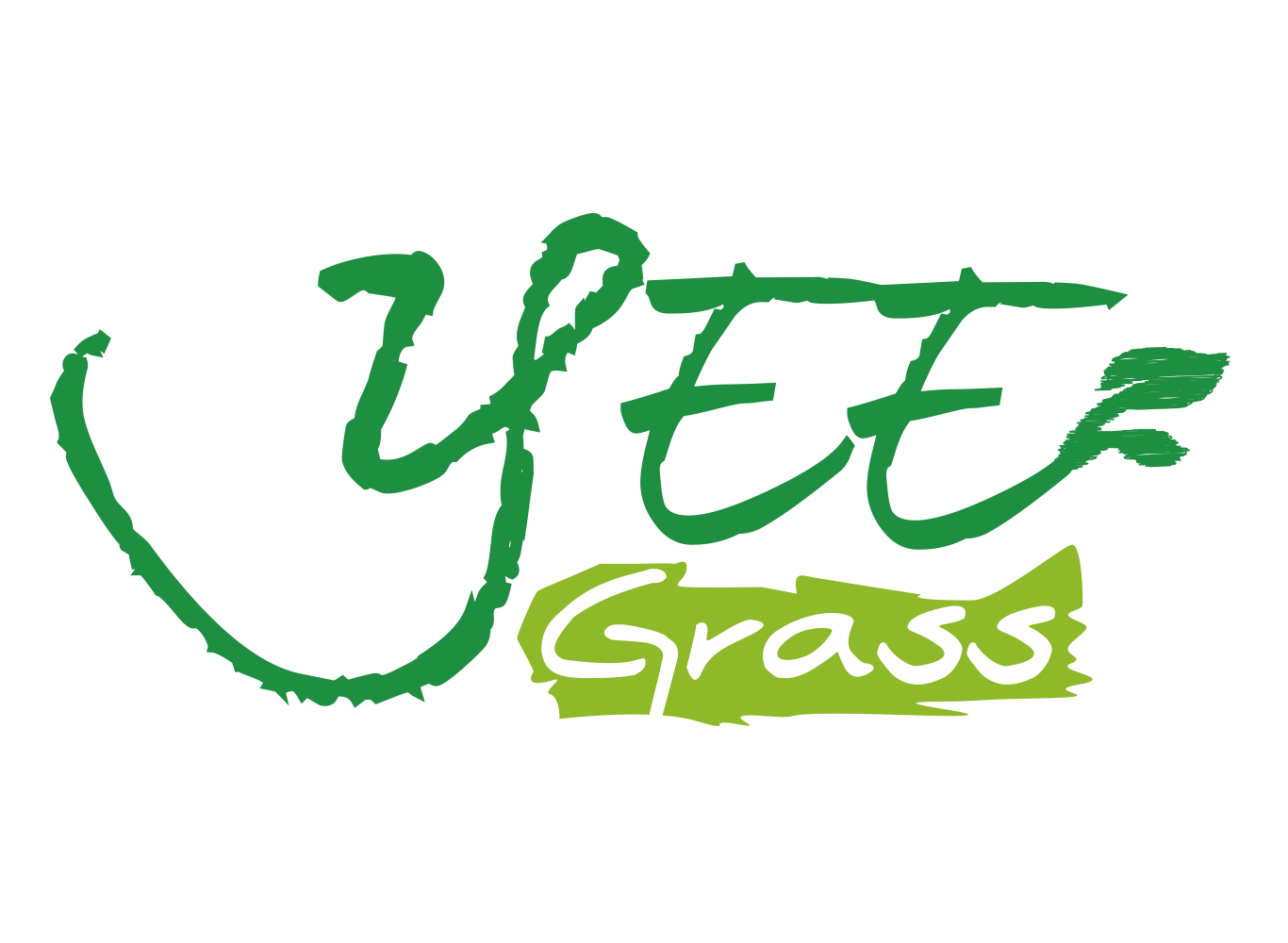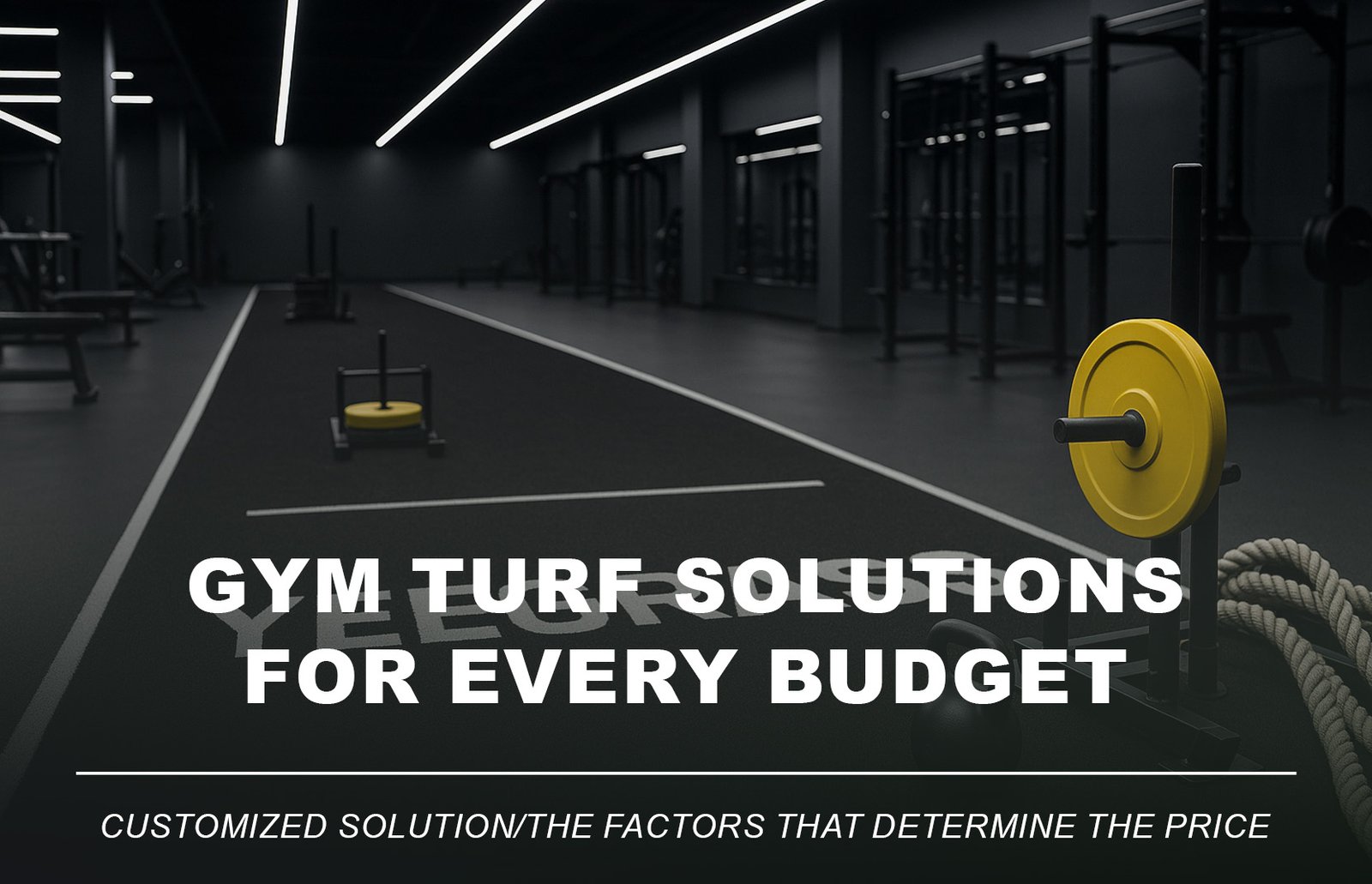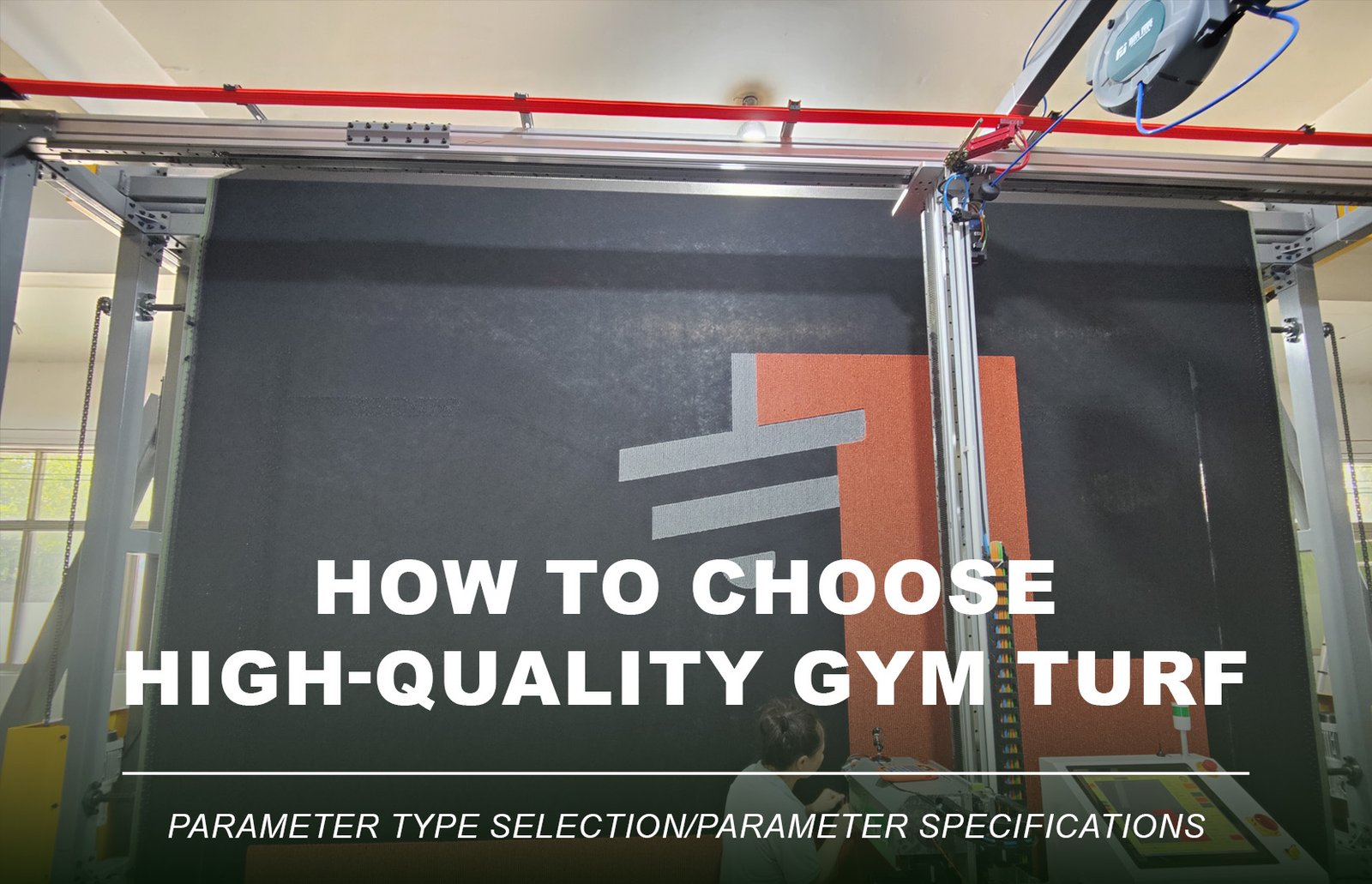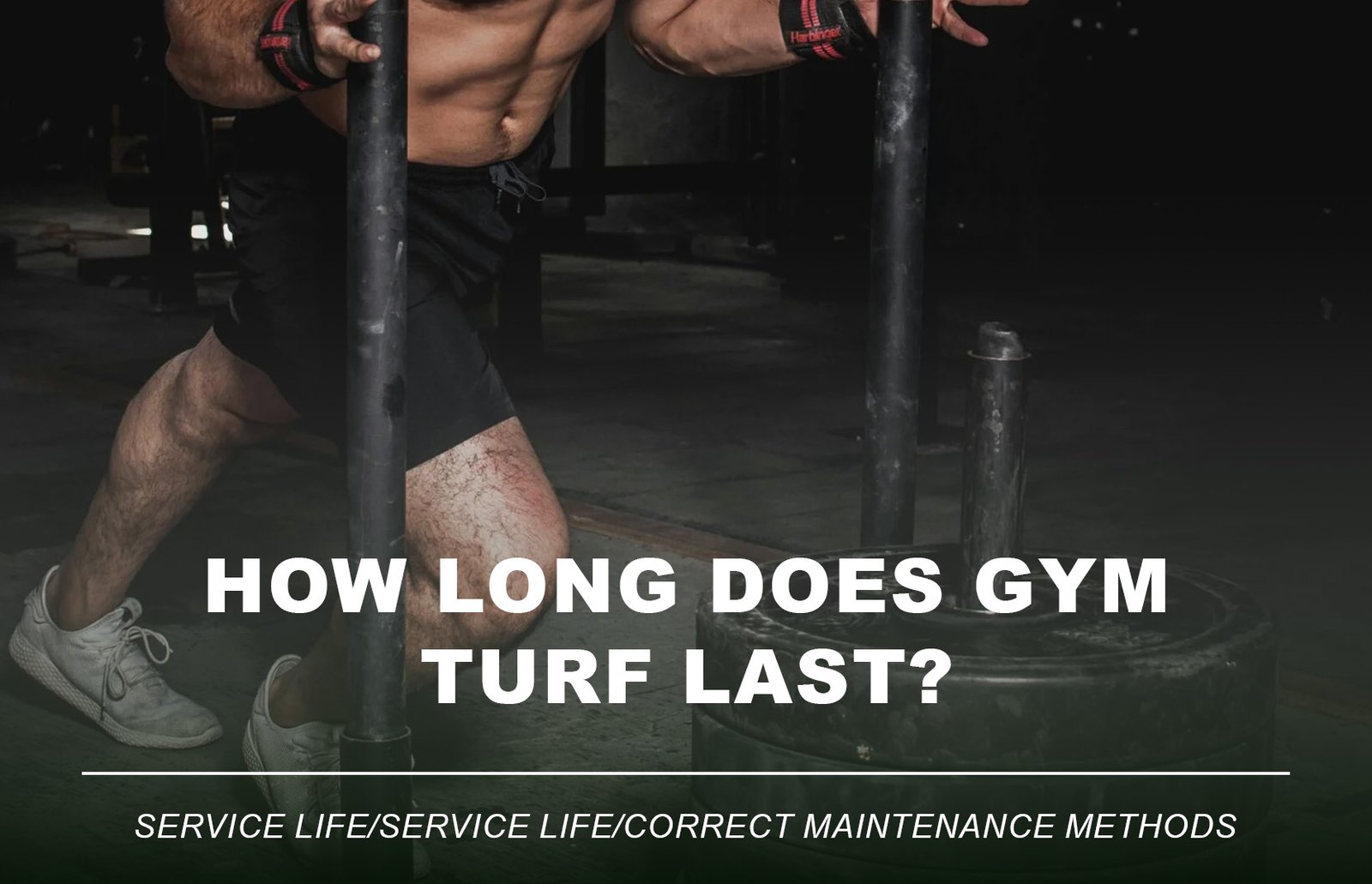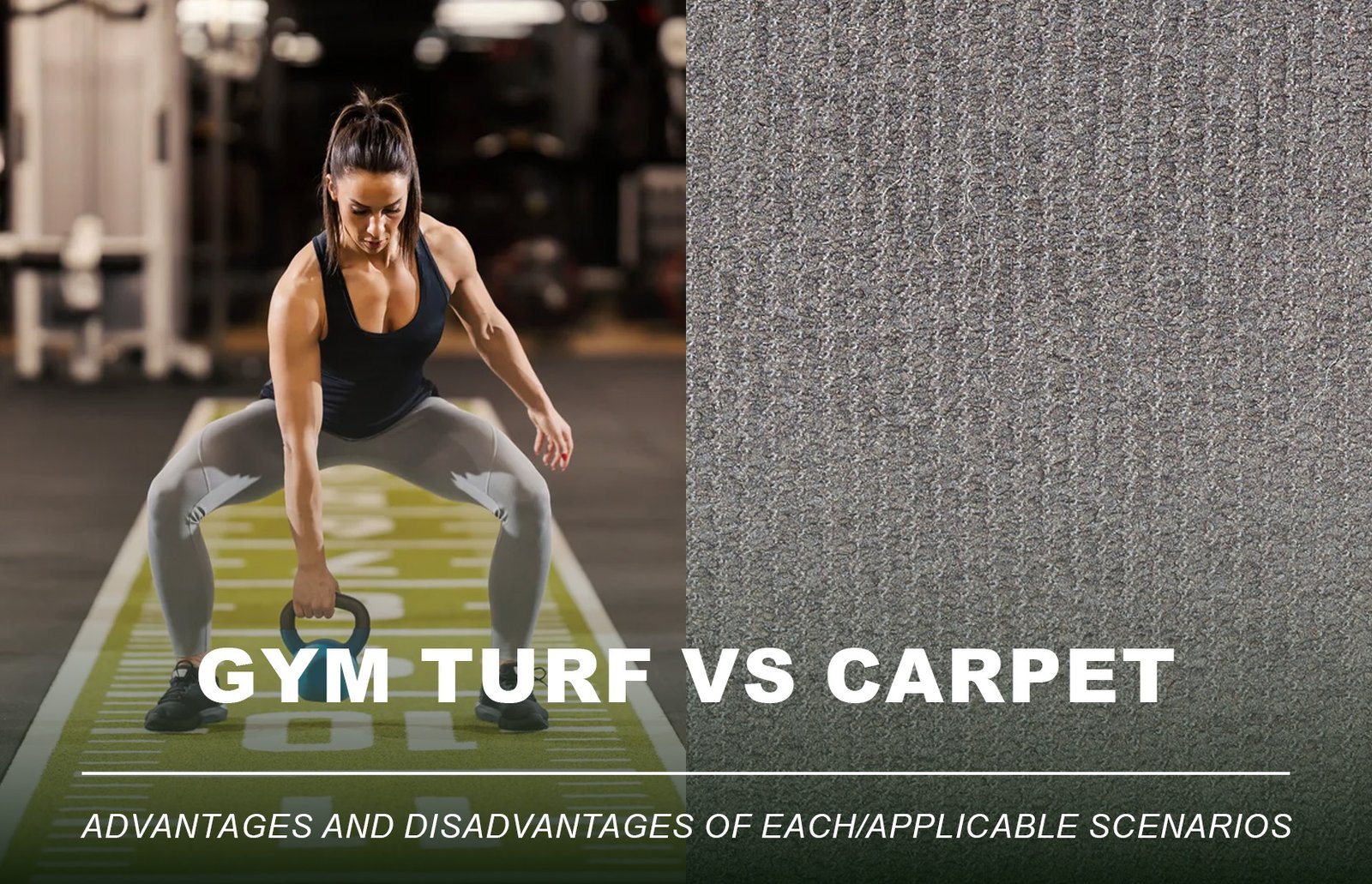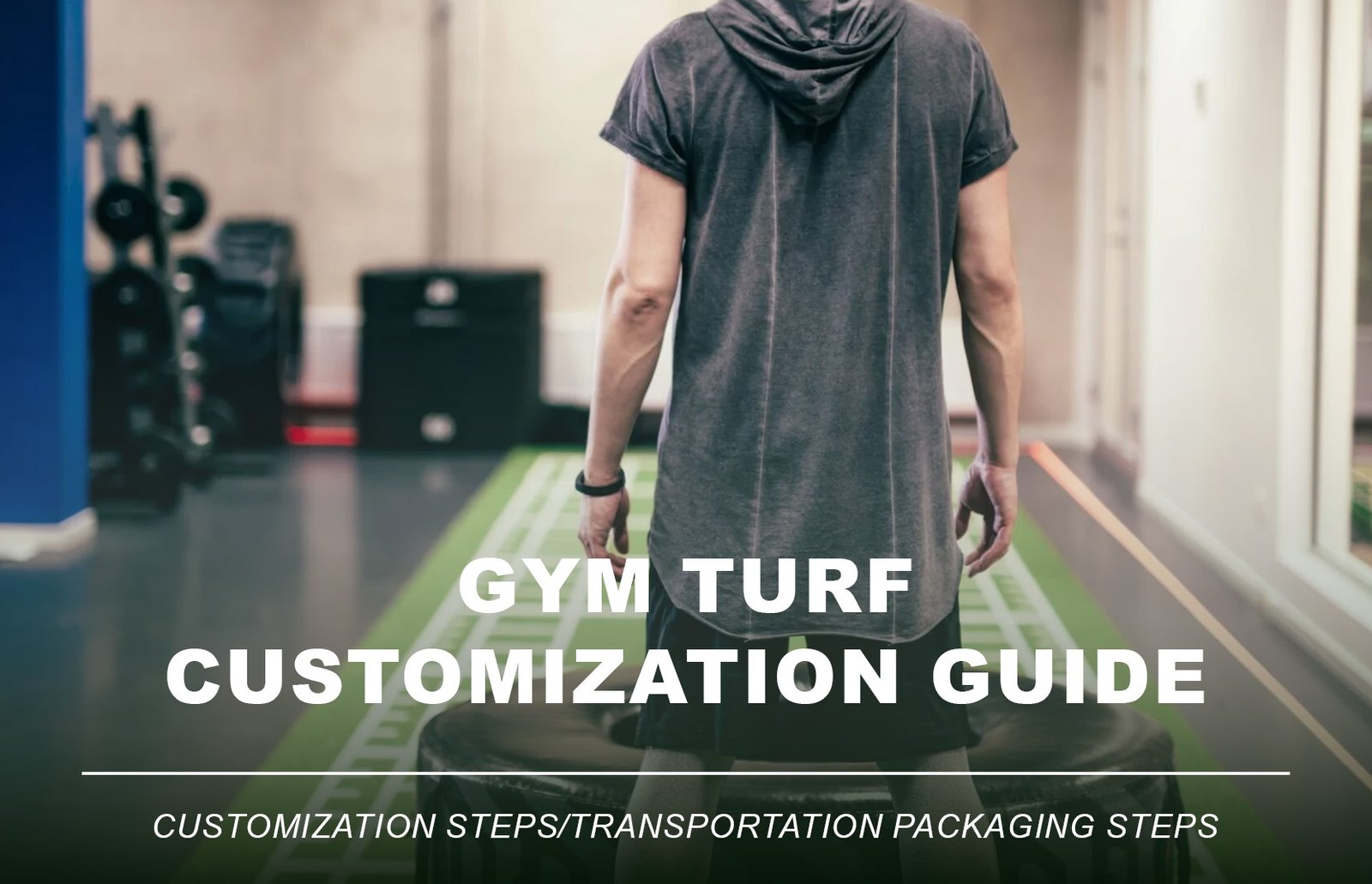
1. Introduction: Budget Defines the Experience
In today’s fitness facility design, artificial gym turf has become a must-have, especially in HIIT zones, functional training spaces, CrossFit boxes, and sled lanes.
But not every turf is created equal — “more expensive” doesn’t always mean “more suitable.” Your budget influences the turf’s material, structure, durability, user experience, and even your brand image.



This guide breaks gym turf into three budget tiers — entry-level, mid-tier commercial, and high-end custom — to help you choose the best cost-performance solution for your gym.
2. Six Key Factors Affecting Gym Turf Pricing
- Yarn Material-PP (Polypropylene) – economical but average wear resistance/PE (Polyethylene) – softer touch, higher durability
- Density & Dtex – thicker, denser turf = stronger and longer-lasting
- Backing Type – PU more durable and waterproof, SBR latex more cost-effective
- Customization Level – logos, markings, color zones increase costs
- Installation Method – portable vs. glued; with or without underlay, moisture barrier, etc.
- Warranty & After-Sales – premium turf often comes with longer warranties and support
3. Entry-Level Solution: Budget-Friendly & Practical
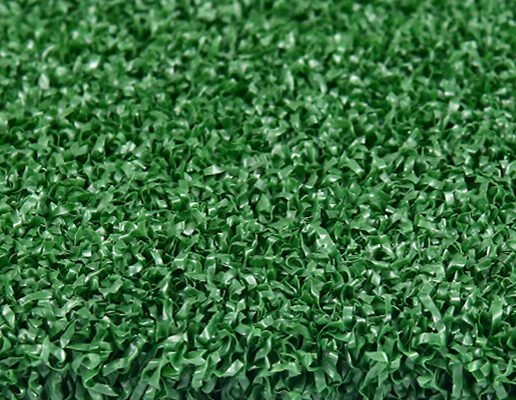
- Spec: 20–25 mm pile height, 20,000–30,000 density, straight/curly mixed yarn, solid color, no logo
- Best for: Small PT studios, start-up gyms, temporary zones
- Pros: Low cost, easy to install or relocate
- Cons: Moderate wear resistance; prone to flattening under heavy use
- Tip: For temporary spaces, use loose-lay installation; for longer-term use, pair with anti-slip underlayment.
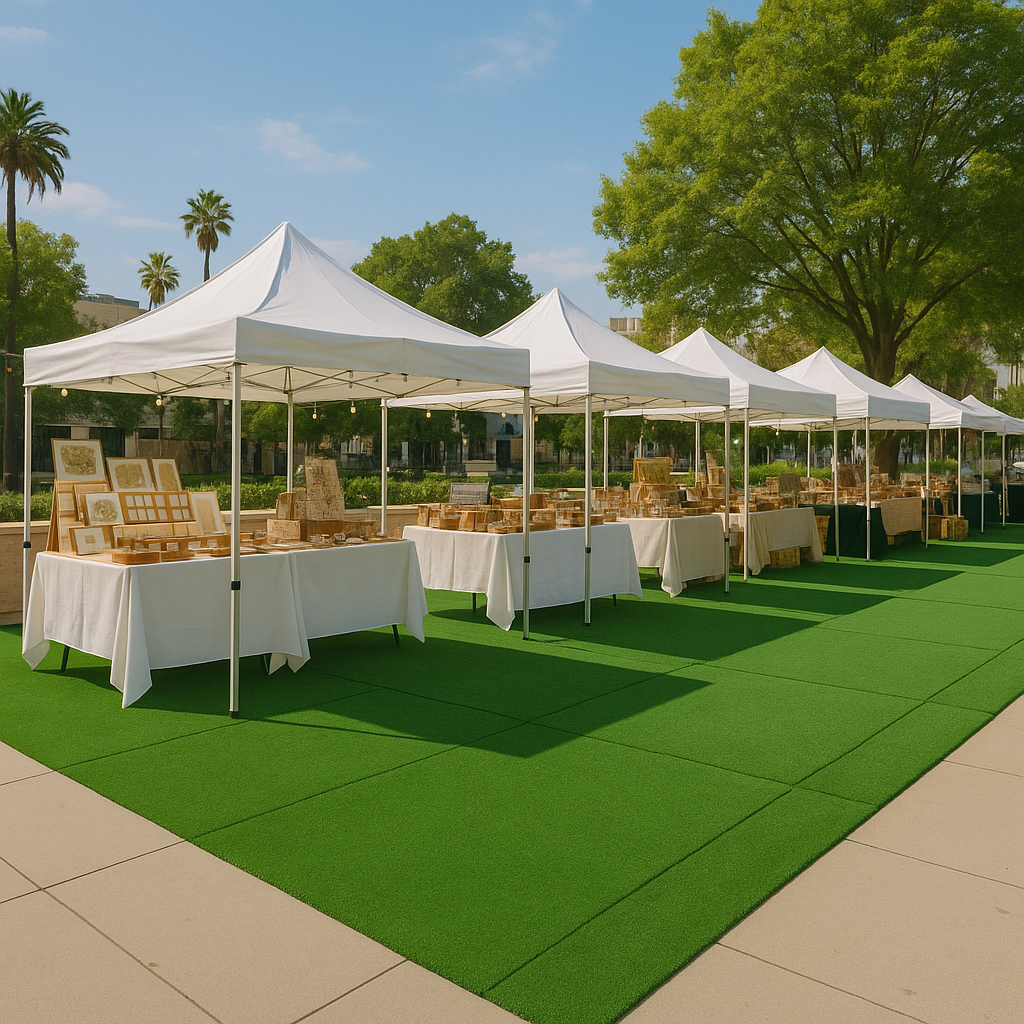


4. Mid-Tier Commercial Solution: Balanced Performance & Cost

- Spec: 10–15 mm pile, 50,000–60,000 density, curly yarn, solid color
- Best for: Mid-to-large gyms, CrossFit boxes, multifunctional zones
- Pros: High wear resistance, fast recovery, UV-resistant & anti-slip
- Lifespan: 4–6 years
- Tip: Add markings or colored zones to improve training efficiency.



5. High-End Custom Solution: Premium Branding & Performance
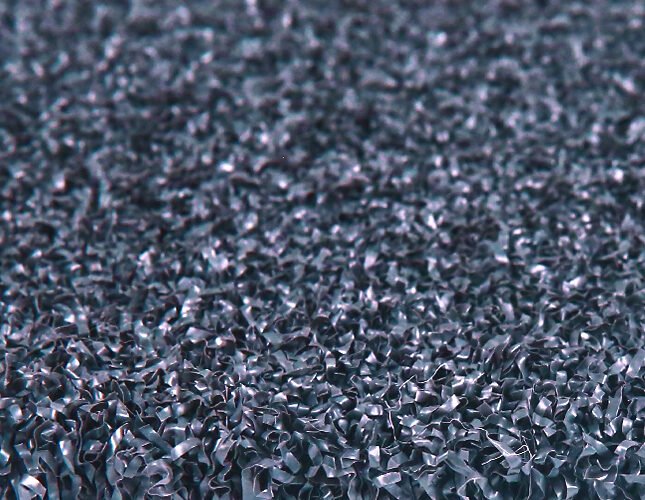
- Spec: 15–20 mm pile, 60,000–80,000 density, custom logos/colors; nylon + high-density PE
- Best for: Flagship gyms, elite training centers, competition venues
- Pros: Exceptional durability, fast rebound, antibacterial finish, unlimited customization
- Lifespan: 6–8+ years
- Cons: Higher upfront cost
- Tip: Match turf branding to your interior colors for stunning visual identity.



6. Side-by-Side Budget Comparison
| Tier | Density | Lifespan | Customization | Pile Height | Typical Use |
| Entry-Level | 20k–30k | 2–4 yrs | None (solid color) | 20–25 mm | Small studios, temporary zones |
| Commercial | 50k–60k | 4–6 yrs | Basic colors | 10–15 mm | Large gyms, CrossFit |
| High-End Custom | 60k–80k | 6–8+ yrs | Logo + colors | 15–20 mm | Flagship fitness, competitions |
7. Choosing the Right Budget for Your Gym
✔ Think long-term – cheaper turf replaced frequently may cost more over time
✔ Align with your positioning – high-end branding deserves high-end turf
✔ Choose reliable suppliers offering samples, warranties, and installation support
8. Conclusion & Call to Action
Different budgets require different solutions — but the principle is the same:
Invest in the right turf, not the most expensive one.
That’s how you balance user experience, durability, and return on investment.
